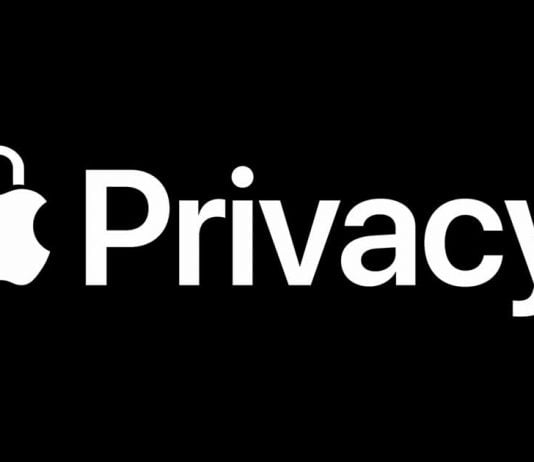For Apple, “privacy is a fundamental and human right.” Already in 2010, Steve Jobs, founder of the company, defended user privacy as a user right. Since then, Apple has provided an increasing level of privacy to its users over the years.
In recent months Apple has activated cards that easily show what information each developer collects from the user. However, it will go a step further in the coming weeks, when with the arrival of iOS 14.5, the user will have to give express consent for this tracking.
Apart from this, Apple published a document — Platform Security Guide — of almost 200 pages a few weeks ago with the aim of being transparent with the user so that they are able to understand how their entire system works.
Apple’s objective to protect the privacy of the user and is based on five main pillars of security — devices, systems, encryption, and protection of data, apps, and services. The goal is clear — privacy begins with security.
The combination of hardware, software, and services has been designed not only to be secure in all possible uses, but the company explains that they are committed to “protecting customers” using “leading technologies in privacy and security (designed to safeguard the personal information).“
“As attackers continue to refine their attack techniques, Apple dynamically controls iPhone and iPad memory execution privileges by leveraging custom instructions to the CPU (not available on any other mobile device) to thwart any potential danger. The new features are developed with a focus on privacy and security, which are as important features as innovation in new security features, “explains the company.
In the almost 200 pages, Apple explains the security of its platform — from hardware and biometric systems such as Face ID to system security, through encryption and data protection, app security; the security of services or network security. Also, you can see the developer kits, the secure management of devices, or the certifications of security and privacy of Apple.
“This documentation provides details on how security features and technology are implemented on Apple platforms. It also helps organizations combine Apple platform technology and security features with their own policies and procedures to meet their needs.“, explains the company.
The content is organized in 8 subject areas: hardware security and biometrics (from Secure Enclave to Face ID), system security (from how secure boot works to system updates), encryption and data protection (the architecture and design to protect data if we lose a device), application security (how the secure application ecosystem is articulated), service security (identification, password management and/or payments), network security (secure authentication protocols and data encryption in streaming), developer kit security (capabilities for Homekit or health), as well as secure device management (allowing remote wipe).
In short, a way to put the deck up and build trust by giving every last detail about how technology and security features are implemented in the Apple ecosystem.
